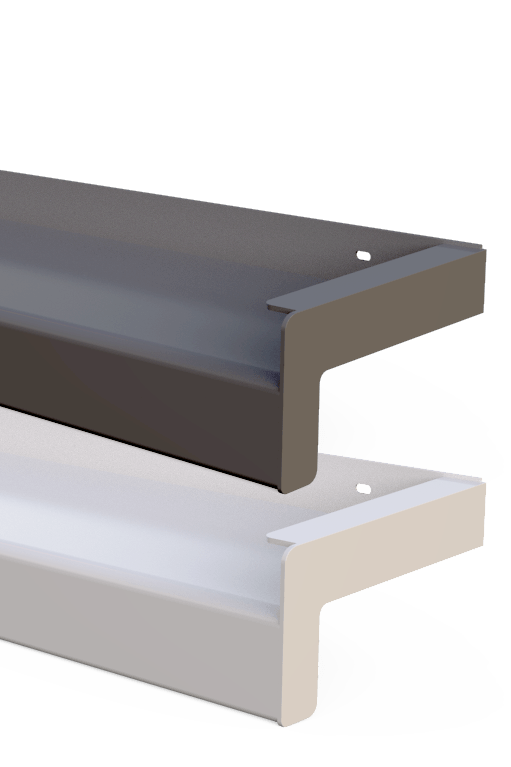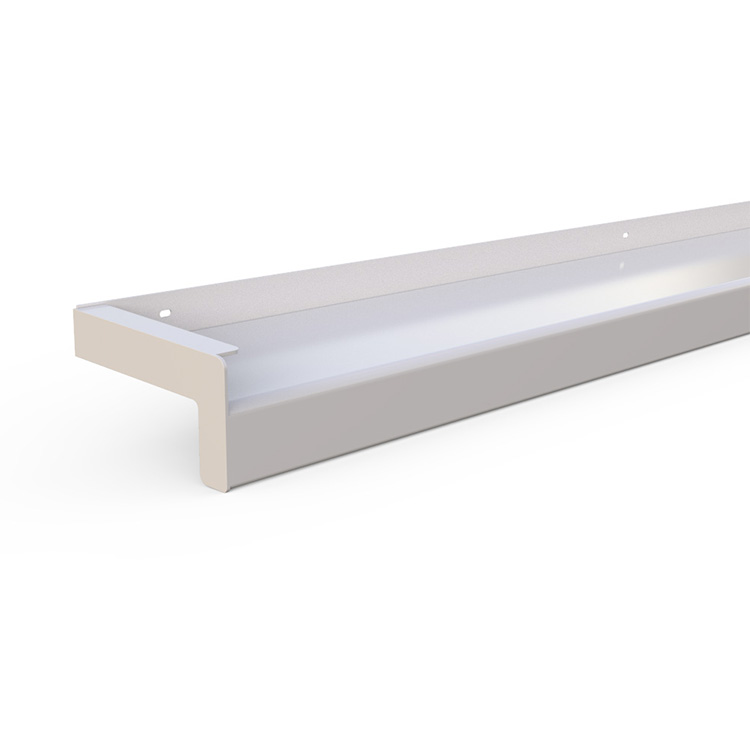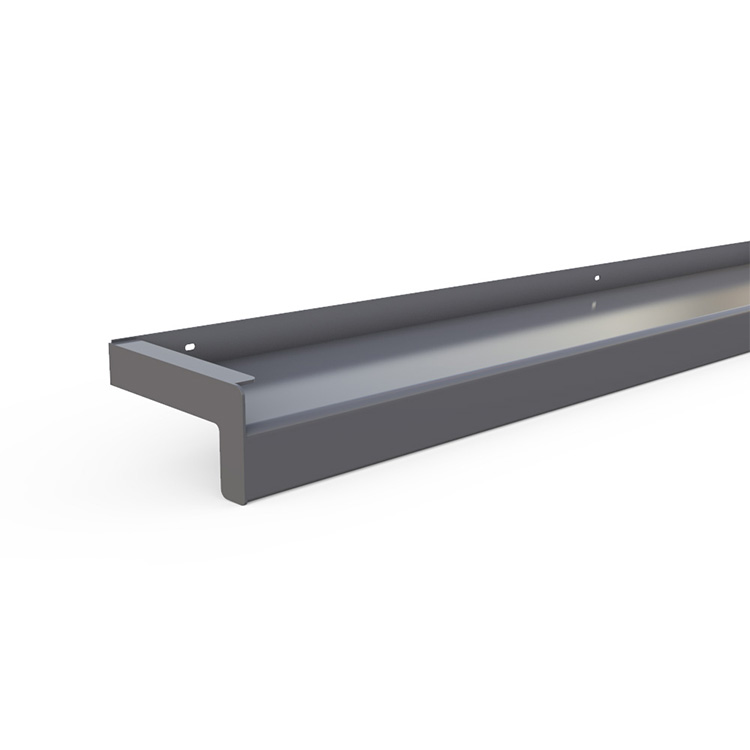Apart from the window itself, external sills significantly determine the look of a building's facade. The various decorative possibilities, such as flowerpots, for example, make them popular elements for exterior decoration. They can be fabricated from different materials and come in a variety of colours to match the selected window. Yet, such a sill is not only a means of decoration on the outside, it also provides weather protection for windows and other construction elements.
Installation and Function
The main purpose of an external window sill is weather protection. Due to the predetermined thickness of the wall and the windows installed in it, a part of the facade is almost always exposed to the weather. This exposed part needs to be protected by an external window sill.
Water entering the masonry from the outside can damage the window's frame, its seals as well as the wall itself. Sills are typically installed with a slight slope and a so-called drip edge - this serves as a water drainage measure to allow proper drainage, preventing stagnant bodies of moisture from forming inside the masonry.
The overall construction depth of an external window sill is based on the thickness of the walls and the available space between the exterior edge of the reveal and the position of the window frame. Adding plaster to the edges of an external sill provides additional protection for the masonry.




